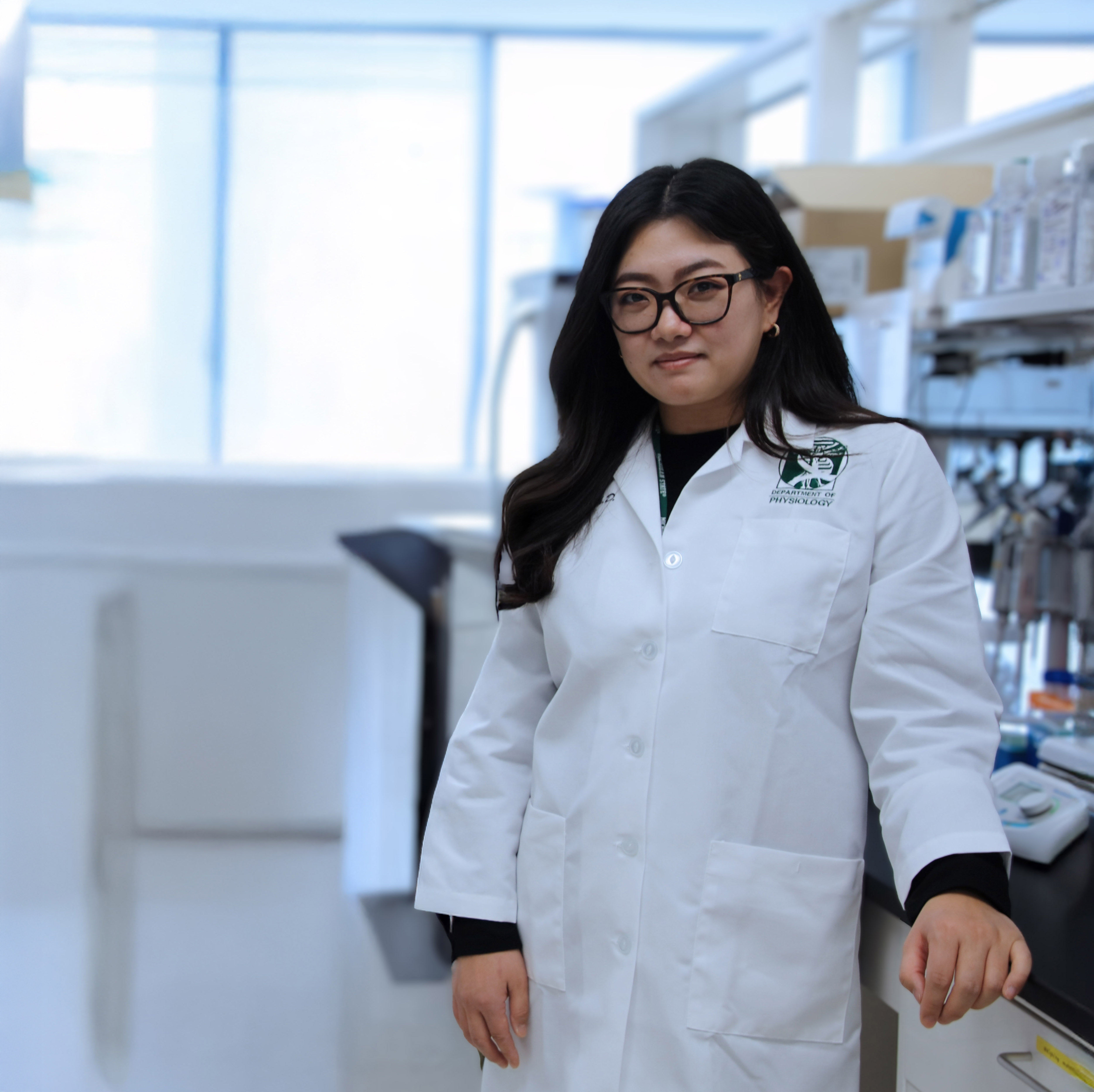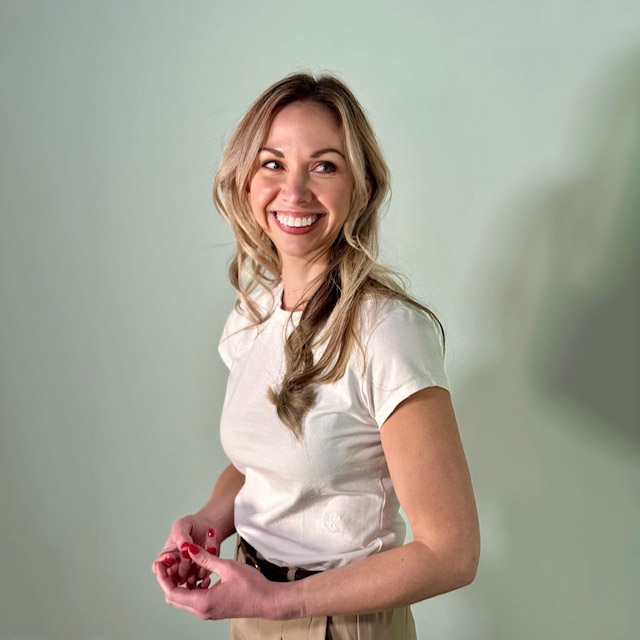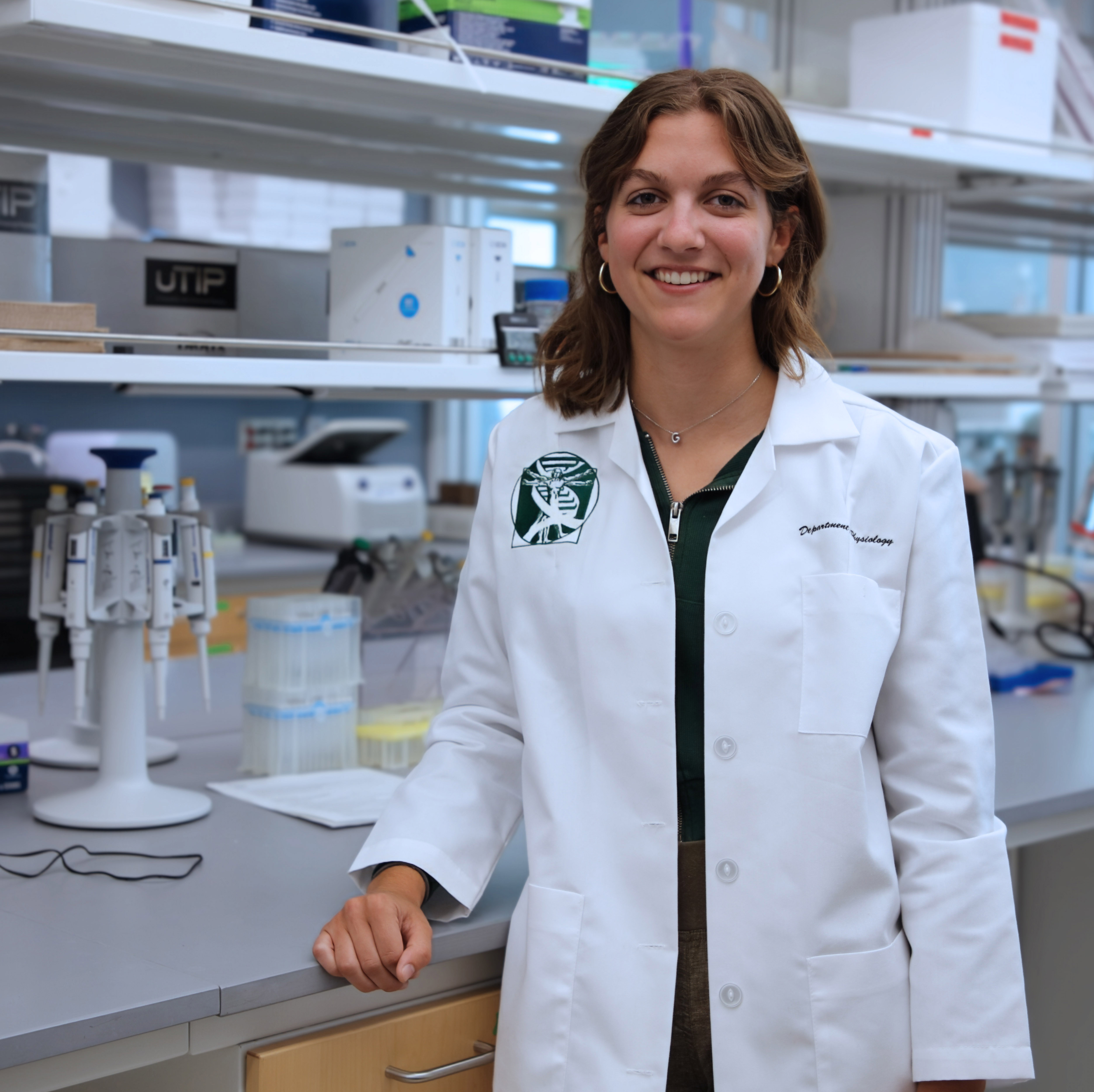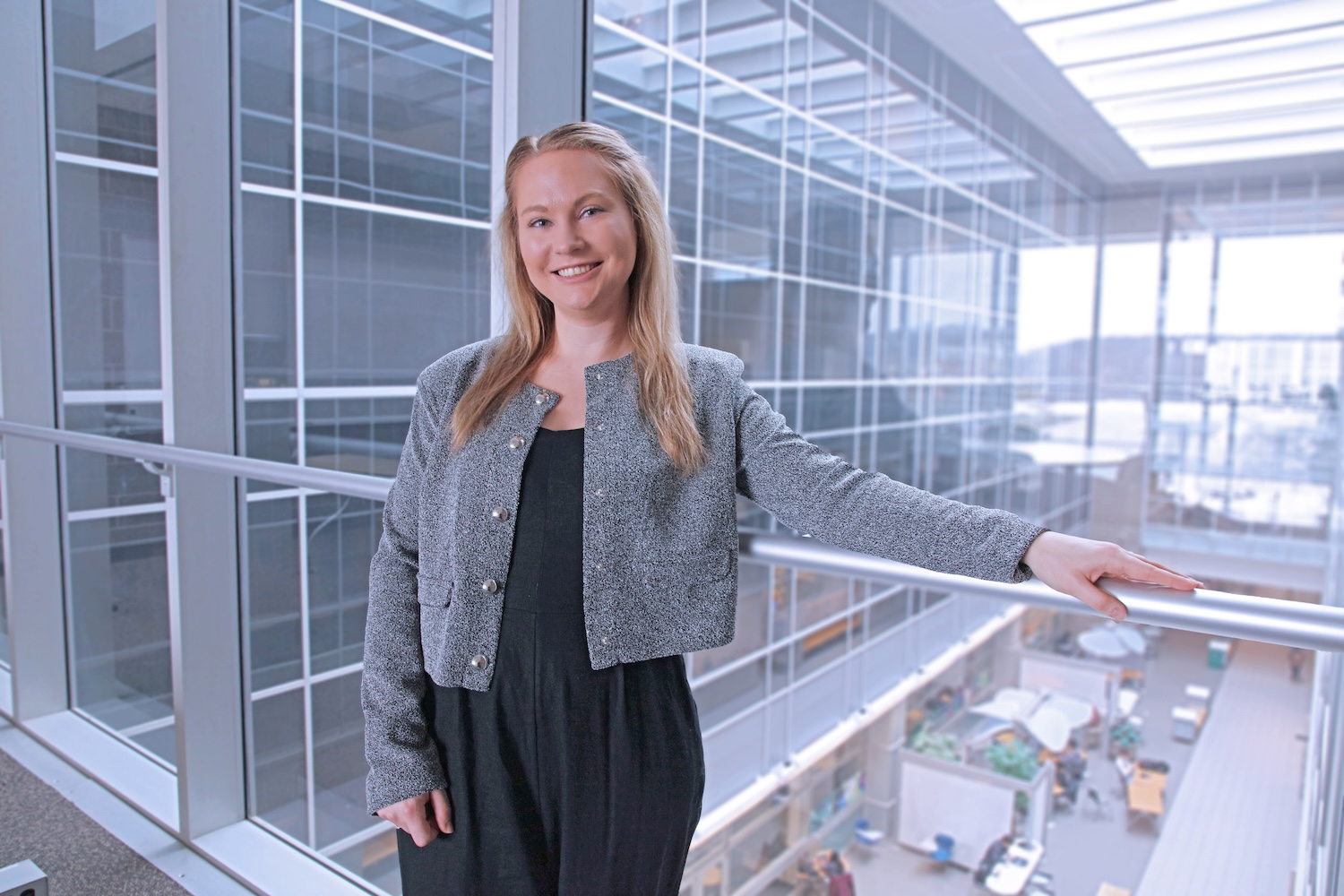"The Department of Physiology participates in the annual MSU Science Festival.
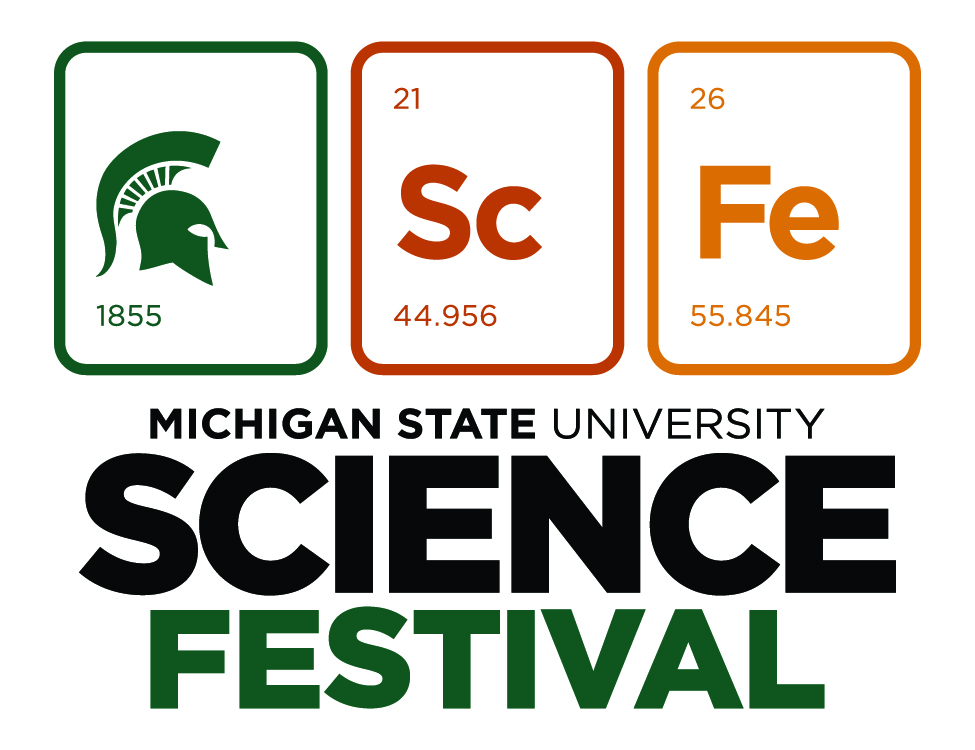
Physiology Volunteers Connect with Community at Science Festival Expo Day.
Every year, Michigan State University (MSU) hosts the Science Festival to engage academic enthusiasts of all ages in a plethora of activities relating to science, technology, engineering, arts and math (STEAM). Since its original founding in 2013, the festival has flourished, expanding its reach throughout Michigan to now include venues in 15 cities across the state.
The festival’s annual East Lansing Expo Day provides an opportunity for MSU students, staff and faculty to engage visitors in a variety of experiments and demonstrations. This year, the MSU Department of Physiology contributed to the day-long event with an exhibit entitled “We have heart!,†consisting of three cardiovascular-focused stations spread out in a classroom in the Chemistry Building. While official attendance numbers have yet to be tallied, it is estimated that more than 1,000 visitors stopped by the exhibit over the course of the event.
The main coordinators of the physiology exhibit were Erica Wehrwein, assistant professor of physiology, and Valerie VanRyn, instructional technologist/assistant instructor. Undergraduate student volunteers assisted in planning and executing the event.
“It was a pleasure to work with my current undergraduate students to design this new set of activities focused on the cardiovascular system for the Science Festival,†Wehrwein said.
The three stations featured in the “We have heart!†exhibit were heart dissection, atherosclerosis and electrocardiogram (ECG). The dissection and ECG stations were new to physiology outreach events this year, while the atherosclerosis station was a previous favorite at Physiology Understanding Day.
The anatomical dissection station consisted of four pig hearts, dissected in advance by student volunteers, that showcased the internal structures and chambers of the heart. Curious children and adults were invited to put on gloves and explore the heart anatomy themselves, using kid-friendly scientific instruments and a labeled, plastic heart model as a reference.
ECGs are commonly used in clinical settings to assess the functionality of the heart by recording its innate electrical activity. The ECG station used non-invasive wrist clamp electrodes to record participants’ ECG tracing. Volunteers assisted children and adults alike in attaching the clips, running the software and walking participants through the physiological significance of each individual feature of the tracing produced. Participants were then able to take home a printed copy of their own ECG tracing.
The final station on atherosclerosis was comprised of two models of hearts with blood vessels made of clear tubing and a one way hand pump filled with red-dyed water. Participants squeeze the hand pump to move “blood†through the tubes. In one model, a clamp was placed around the tube, thus representing atherosclerosis by narrowing of the vessel to restrict blood flow. This station also allowed for visitors to use stethoscope to listen to their heart sounds.
Collectively, these stations were designed to provide a comprehensive lesson on the anatomy and physiology of the cardiovascular system. Visitors were able to explore the structural and functional features that make up the heart and blood vessels while discussing various examples of cardiovascular pathophysiology.
Before leaving the exhibit, participants were given various take-home items to continue their learning, including heart anatomy coloring page and a summary of important facts about the cardiovascular system. Children were also invited to share their novel experiences by writing what they learned on a poster board. One child wrote, “My heart has strings,†referring to his introduction to the chordae tendineae structure at the dissections station that looks like “strings.â€
A special thank you to the MSU Science Festival coordinators, the MSU Department of Physiology, the numerous student volunteers and the greater East Lansing community for making this event a success.
“Science Festival Expo Day is truly an all ages event,†said Wehrwein. “We often work directly with elementary school children, but the Science Festival brings in adults of all ages as well. It is an excellent opportunity for our undergraduate volunteers to practice teaching and answering questions about physiology to all ages and levels of science background.â€
###
